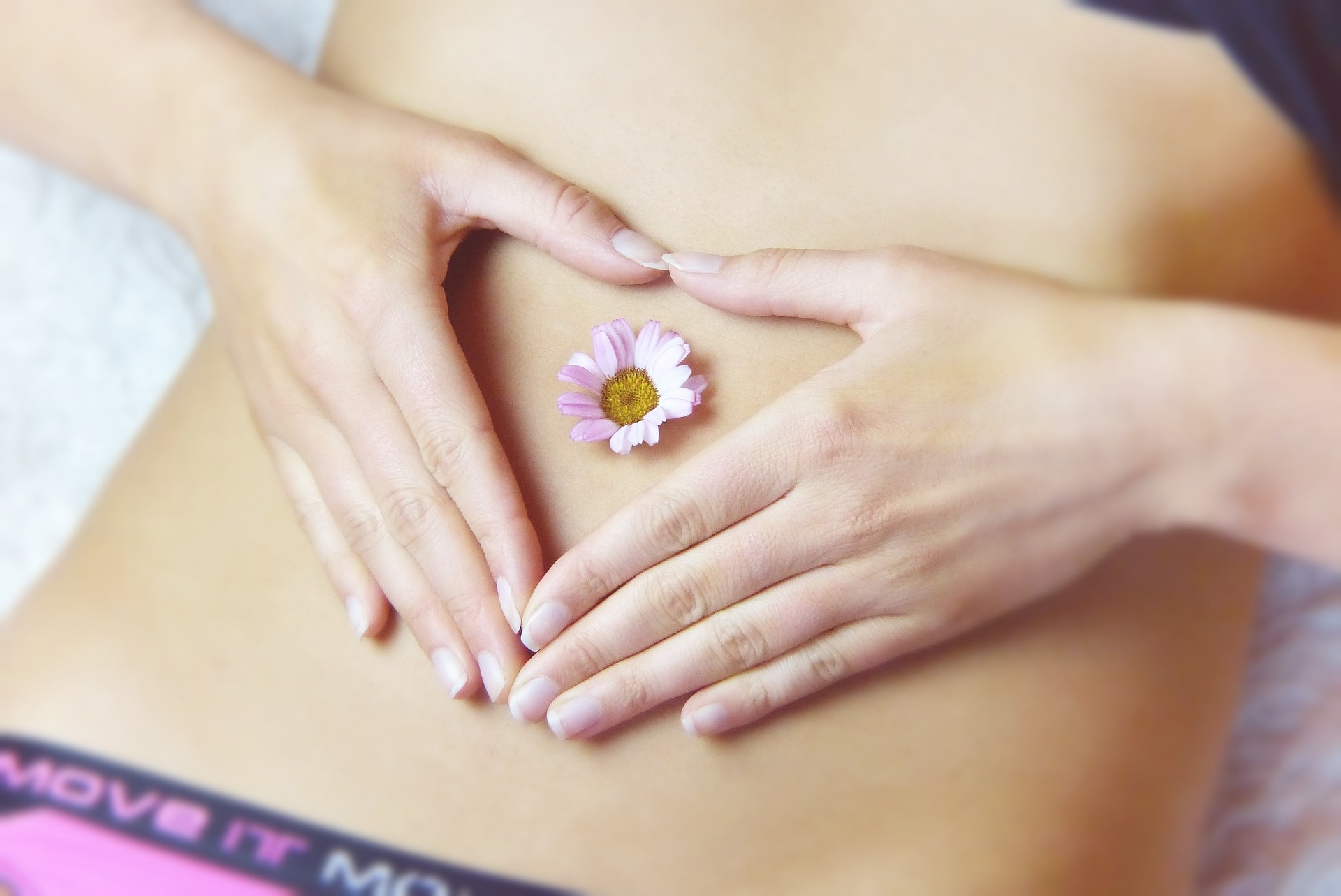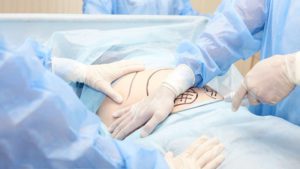Dr Barretts Tips for The Ultimate Brazilian Butt Lift Recovery
Congratulations! We’re sure you’re feeling pretty uncomfortable right now, but rest assured: you’re on your way to your new self! But first. you’re going to
Receive FREE UPS® Ground delivery for domestic orders over $200!

Whether performed as part of a Mommy Makeover or as a stand-alone surgery, tummy tucks are a popular procedure that eliminate excess fat and loose skin from the midsection to “tighten” the overall abdominal area. Medically known as abdominoplasties, tummy tucks have actually been around for over a century – beginning as an operation to repair war wounds and evolving into a cosmetic procedure for sculpting a smoother and flatter stomach. Tummy tucks are known as one of the most powerful, life-changing operations that can reverse the effects of weight gain or loss, pregnancy, and inevitable aging to restore or create the body shape allowing the patient to feel their best and most confident.
Tummy tucks offer dramatic body contouring results that can last a lifetime with a healthy lifestyle. To perform a tummy tuck, the surgeon makes an incision along the bikini-line to remove skin and fat while leaving inconspicuous scarring within the skin’s natural creases. Then, the skin is pulled firmly across the midsection and sutured closed with a meticulous five-layer closure method to minimize tension and scarring. Finally, if necessary the belly button will be repositioned to ensure the outcome looks natural and proportionate. The entire process usually takes four to five hours and is performed under general anesthesia.
Patients typically experience soreness, swelling, and bruising following a tummy tuck. After the initial healing period, compression garments will be provided to encourage healing and healthy blood flow in the area. Surgical drains may be left in place for a few days post-op, and patients will be shown how to empty and care for their drains. Rest and recovery are crucial to healing, and most patients are able to return to work within a couple weeks. Your surgeon will provide detailed postoperative instructions and closely monitor your healing and recovery in the weeks and months following surgery. Though the surgery is extremely safe with low complication risks, since it involves manipulating the abdominal muscles that are intrinsic in supporting our bodies and holding the organs in place, post-surgery downtime is precious. Picking an experienced and certified surgeon is the first step in reducing the risk of complications, but it’s also up to the patient to diligently care for their bodies after the procedure.
The first two weeks of recovery are usually spent in full bedrest, so patients must make arrangements for their post-procedure daily life beforehand (including finding child and pet care if necessary). Patients should plan for someone to pick them up from their procedure and assist them back home. Doctors also recommend having someone present to assist with basic functionality and tasks such as going to the bathroom, bathing, or preparing food, because too much movement or muscle exertion can cause increased pain at the incisions. Patients need to avoid moving around frequently or lifting anything heavy, including kids, as the abdominal area heals. The surgeon will provide specific instructions for optimal post-operative care, including an advanced scar management protocol after the initial healing period. The surgical team should always be available to closely monitor recovery in the weeks and months following surgery.
Speak up if you’re unsure or curious about any part of the procedure or recovery period. Your surgical team is there to support you, and you should feel comfortable to reach out if you are concerned about complications.
Reasons to reach out to your surgeon include:
It’s essential to keep your body in optimal health as it recovers, and smoking and alcohol can compromise the immune system.
Taking the full course of prescribed antibiotics is a MUST, and the only way to avoid infection. Pain management medication should always be taken as instructed. In some cases, patients may be prescribed blood thinners after a tummy tuck. Patients should also use antibiotic ointment on their belly button twice daily (bacitracin or polysporin are recommended).
Many patients find that creating a kit with everything needed for post-op may relieve anxiety and prepare them for successful healing. Tummy tuck recovery supplies can be anything that will make the patient’s recovery journey as comfortable as possible. Common items to include in the kit are loose-fitting clothing, sleep aids, stool softener, natural pain relief, water bottles, nutritional supplements, scar tape or other scarring prevention/healing products, bandages, and all prescribed medications (which should be filled prior to surgery).
For the first three nights, sleep with your back upright, and then slowly start coming back down flat. to help some of the initial swelling go down. After that, you may sleep flat on your back.
Light walking is encouraged to help blood circulation, reducing the chance of clotting. Walking upstairs should be avoided or done carefully until two weeks post-op. After two weeks, moderate exercise is allowed while avoiding upper-body workouts. More rigorous exercise can begin after about six weeks.
Once home, make sure your drain is on suction, keep track of your drainage output for removal, and empty it at least twice a day—and don’t worry, drain removal is a very simple, painless procedure! If your drain is leaking, simply reinforce it with gauze and tell your surgeon at your next appointment.
Patients should avoid baths, hot tubs, pools, and natural bodies of water for around six weeks to avoid bacteria that may cause infection.
Though patients shouldn’t take baths, keeping the surgical sites clean and dry is imperative. The doctor will specify how to clean the wounds and reapply bandages or scar tape.
If you develop an allergic reaction, please discontinue using it right away and wash the area with soap and water. You only need to wear your binder for two weeks; after that, switch to compression garments like Spanx.
Many people are tempted to use the recovery period as a mini vacation. While resting and relaxing during this time is important, basic nutrition and wellness are even more of a priority than normal. Any major surgery depletes the body’s nutrients by responding to the wounds, so patients should try and maintain a healthy diet filled with vitamins and nutrients. Speak with your doctor about nutritional supplements like magnesium, vitamin A, vitamin B12, iron, and zinc that can assist in the healing process.
Congratulations! We’re sure you’re feeling pretty uncomfortable right now, but rest assured: you’re on your way to your new self! But first. you’re going to
Whether it’s elective or not, inflammation or swelling after surgery is a reality anytime you go under the knife. Inflammation, which is actually an inflammatory

When it comes to any surgery, planning for after the procedure is the answer to a speedy and comfortable recovery. Preparing ahead helps to reduce stress. Taking


Congratulations! You’ve just made a life-changing decision to look and feel your best, and you’re on your way to your new self! But you’re going


Congratulations! We’re sure you’re feeling pretty uncomfortable right now, but rest assured: you’re on your way to your new self! But you’re going to go


For some, making the decision to change their body through breast reduction surgery is an easy one; for others, there can be months or even years of
Always consult with your physician before using
any of the products and materials available for purchase on our website.
Always consult with your physician before using
any of the products and materials available for purchase on our website.
A Dr. Daniel Barrett company
Visit:
www.drdanielbarrett.com

